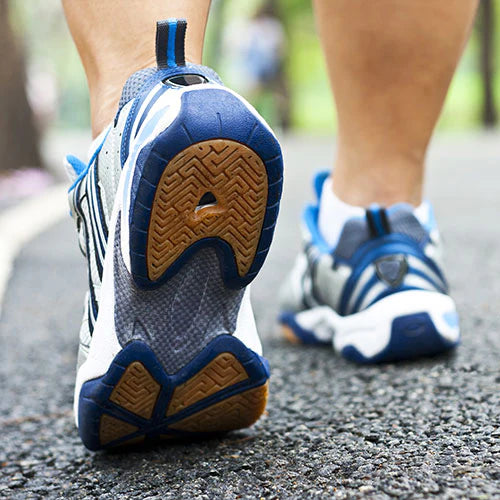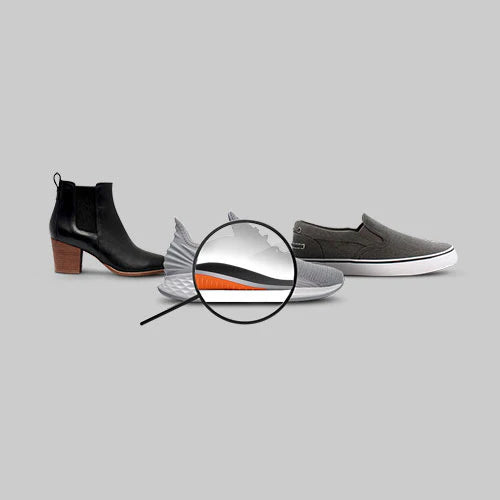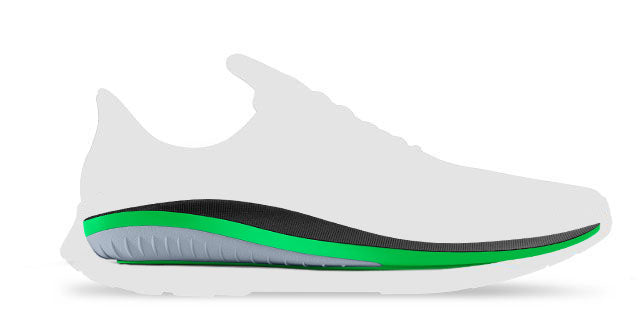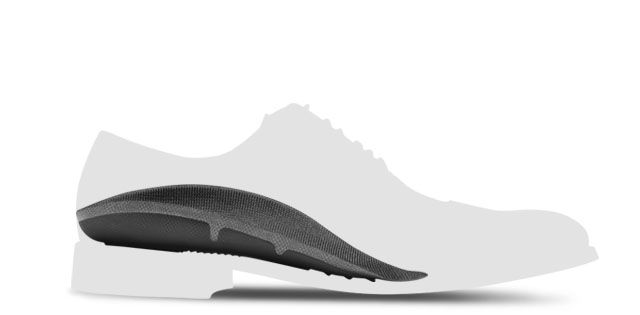Designed for casual slip-on shoes with a removable insole.
Walking Insoles
Walking is a great way to raise the heart rate and get some exercise. However, an unsupportive walking shoe can make the experience painful, especially for those who suffer from overpronation or other conditions such as plantar fasciitis. Adding walking insoles to your shoes may help.





Do you need insoles for hiking?
Just like walking, hiking also requires proper foot mechanics to avoid pain and discomfort. Beyond that, hiking can also add the pressure of repeated impact to the feet at multiple angles due to the uneven terrain of hiking trails. If the factory insoles provided by the hiking boots fail to provide the proper amount of arch support, cushion, or alignment, a hiking insole may be needed to prevent injury or discomfort.

How to choose the best walking shoes
Walking shoes, like any other shoes, need to fit comfortably without slipping across the back of the heel when taking a step or squeezing in any direction in the toe box. The insoles should provide both cushion and arch support, which can be added with an after-factory insole if needed. A walking shoe with a flat insole will not provide much structure.

What type of insole is best for me?
Insoles that absorb shock, redistribute pressure, and provide cushioning will be important when choosing a walking shoe insert. If you are unsure which insole to use, you can find out by answering a few easy questions on the Insole Finder.

Our Guarantee
We back our product with a 90-day insole guarantee, hassle-free shipping, and best-in-class customer service.

